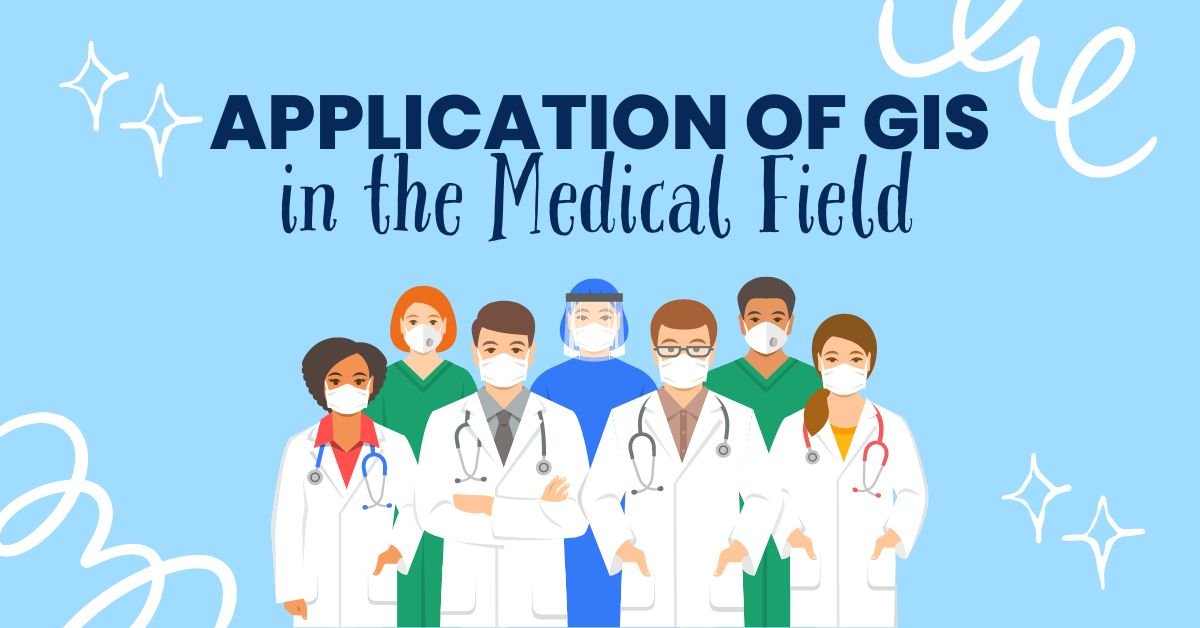Geographic Information Systems (GIS) have revolutionized various industries, and the medical field is no exception. GIS technology, which combines spatial data with advanced analytics, has opened up new possibilities for healthcare professionals to improve patient care, resource allocation, and public health initiatives. By integrating location-based data with medical information, GIS offers a powerful toolset for analyzing patterns, making informed decisions, and enhancing overall healthcare delivery. This article explores the diverse applications of GIS in the medical field and the significant impact it has on improving healthcare outcomes.
- Disease Surveillance and Epidemiology: One of the primary applications of GIS in the medical field is disease surveillance and epidemiology. GIS allows healthcare professionals to map disease occurrences, track outbreaks, and identify high-risk areas. By integrating data from multiple sources, such as patient records, environmental factors, and population demographics, GIS enables the visualization and analysis of disease patterns. This information helps public health agencies allocate resources effectively, plan interventions, and implement targeted preventive measures. For instance, GIS can assist in tracking the spread of infectious diseases like COVID-19, enabling timely responses and containment strategies.
- Health Facility Planning and Resource Allocation: GIS plays a crucial role in optimizing health facility planning and resource allocation. By analyzing population distribution, demographics, and healthcare needs, GIS helps determine the ideal locations for hospitals, clinics, and other healthcare facilities. GIS also aids in identifying underserved areas, allowing policymakers to allocate resources and services more equitably. With GIS, healthcare providers can assess the accessibility and availability of healthcare services, ensuring that patients have adequate access to quality care. This technology is particularly valuable in rural areas or regions with limited healthcare infrastructure.
- Emergency Response and Disaster Management: During emergencies and natural disasters, GIS provides critical support for emergency response and disaster management. By integrating real-time data on affected areas, infrastructure, and population density, GIS helps identify evacuation routes, establish temporary healthcare facilities, and coordinate emergency services. GIS can also analyze the impact of disasters on public health, aiding in the assessment and mitigation of long-term health risks. This technology assists in efficient resource mobilization, improving the effectiveness of emergency response and minimizing the impact on affected communities.
- Environmental Health and Risk Assessment: GIS enables the assessment of environmental factors and their impact on public health. By overlaying data on air quality, water sources, and pollutant levels with health records, GIS helps identify environmental health risks and their potential effects on communities. This information aids in the development of targeted interventions and policies to mitigate health hazards. GIS can also be utilized to monitor vector-borne diseases by mapping the distribution of vectors such as mosquitoes and analyzing their breeding habitats. This proactive approach enhances environmental health surveillance and empowers authorities to implement preventive measures effectively.
- Public Health Planning and Health Promotion: GIS facilitates evidence-based decision-making in public health planning and health promotion initiatives. By integrating data on health behaviors, disease prevalence, and social determinants of health, GIS helps identify population segments at higher risk and tailors interventions accordingly. It assists in mapping health resources, enabling strategic planning for health promotion campaigns, vaccination drives, and preventive screenings. GIS also supports the analysis of health disparities and the evaluation of intervention effectiveness, facilitating targeted interventions to address inequities in healthcare access and outcomes.
The application of Geographic Information Systems (GIS) in the medical field has transformed healthcare delivery and public health initiatives. By harnessing the power of spatial data analysis, GIS enables healthcare professionals to make informed decisions, optimize resource allocation, and enhance patient care. From disease surveillance and epidemiology to emergency response and environmental health assessment, GIS provides valuable insights for proactive planning and intervention strategies. The integration of GIS technology with medical data has proven instrumental in improving healthcare outcomes, addressing health disparities, and promoting public health.
As GIS continues to evolve, it holds immense potential for further advancements in the medical field. The integration of real-time data, such as wearable devices and remote monitoring systems, can enhance disease tracking, personalized medicine, and early detection of health issues. Additionally, the use of predictive modeling and machine learning algorithms within GIS can provide valuable insights into disease trends, enabling proactive interventions and resource planning.
However, there are also challenges associated with the implementation of GIS in the medical field. Data privacy and security concerns must be addressed to ensure the protection of sensitive health information. The availability and interoperability of data from various sources pose challenges in data integration and analysis. Furthermore, there is a need for increased collaboration and interdisciplinary partnerships to fully leverage the potential of GIS in healthcare.
In conclusion, the application of GIS in the medical field has revolutionized healthcare delivery, disease surveillance, emergency response, and public health planning. By leveraging spatial data analysis, healthcare professionals can make informed decisions, optimize resource allocation, and improve patient outcomes. The continued advancements in GIS technology, coupled with increased data accessibility and collaboration, hold promise for further enhancing healthcare systems worldwide. Embracing GIS as a valuable tool in the medical field will contribute to the development of efficient, patient-centered, and data-driven healthcare systems.


Hello,
I just wanted to know if you require a better solution to manage SEO, SMO, SMM, PPC Campaigns, keyword research, Reporting etc. We are a leading Digital Marketing Agency, offering marketing solutions at affordable prices.
We can manage all as we have a 150+ expert team of professionals and help you save a hefty amount on hiring resources.
Interested? Do write back to me, I’d love to chat.
If you are interested, then we can send you our past work details, client testimonials, price list and an affordable quotation with the best offer.
Many thanks,
Lisa Baker
Wishing you a fantastic New Year filled with achievements and growth!
Your Website : rsgisclub.com